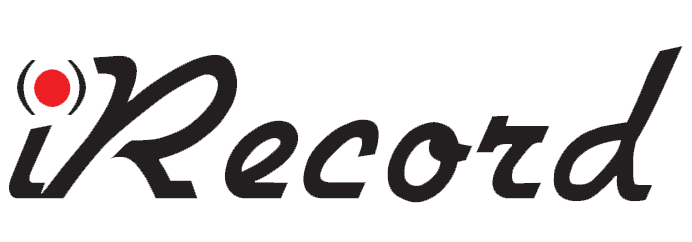Businesses across industries are now looking at the value of analytics in analyzing patterns and predicting behavior from vast amounts of information available now that many corporations have gone digital. Police have become proactive as their mission has expanded to incorporate strategic measures.
To that end, the rise of predictive policing has emerged and departments are looking for tools and best practices in order to learn how to combine their data with “street intelligence and crime analysis.”
What is Predictive Policing?
The Office of Justice Programs provides some definition to the concept, stating that,
“Predictive policing tries to harness the power of information, geospatial technologies and evidence-based intervention models to reduce crime and improve public safety. This two-pronged approach — applying advanced analytics to various data sets, in conjunction with intervention models — can move law enforcement from reacting to crimes into the realm of predicting what and where something is likely to happen and deploying resources accordingly.”
It’s important to understand that predictive policing does not remove the need for traditional policing, rather that it “enhances existing approaches.”
How does Predictive Policing Work?
You’ve read and most likely even seen computer models utilized in the business industry that predict or anticipate how market conditions or industry trends will move and evolve over time. In law enforcement, predictive policing leverages those same types of computer models and anticipates likely crime events and specific actions that police should take to prevent crime.
These predictions don’t only focus on places or likely events where crime will occur but also focus on people, groups and other incidents by looking at:
- Trends
- Parolee populations
- Economic conditions
- Geographic locations
These models are supported by the history of crime and environmental data that informs what types of interventions can mitigate the number of crime incidents through specific police interventions.
To read more on predictive policing from the NIJ, click here.
Should We Fear Predictive Policing?
The question as to what level of detail police are tapping into and how they are making decisions about interventions according to what they learn from their computer models has many people nervous.
A recent article published by Microsoft by Kirk Arthur notes this concern but puts it to rest.
“When predictive policing is mentioned, it inevitably brings comparisons to The Minority Report, the science fiction movie in which people are arrested before they can commit a crime. In reality, however, predictive policing is not about making arrests, but about preventing crime through more effective and efficient resource allocation. The Los Angeles Police Department credits its predictive policing program with contributing to a 23 percent decrease in serious crime over the last five years in the department’s Foothill area – home to more than 250,000 people – including a first-ever “day without crime” on Feb. 13, 2014. Microsoft has partnered with a number of cities, including New York, to develop the Domain Awareness System, a sophisticated solution for crime prevention and counterterrorism that aggregates and analyzes public safety and open source data.”
Arthur also notes that since much of what departments need for predictive policing already exists within the technology and data applications they currently have, getting up to speed “requires only an incremental expense to enable predictive policing by the analysis of this data.”
For departments across the country that are dealing with tighter budgets and trying to do more with less, harnessing the power of data analytics is one solution that can help agencies do just that—keep communities safer, detecting patterns and utilizing knowledge about crime likelihood prevent those crimes.
Read the full Microsoft article by clicking it here: Supporting Law Enforcement Resources with Predictive Policing.
Connect with Us: Leverage Tools to Achieve Accuracy, Reliability, High Quality and More
Learn how iRecord is joining in the effort and the tools we have that can enable your department to do more with less, with the best in accuracy, reliability and quality. Contact us for more information.
